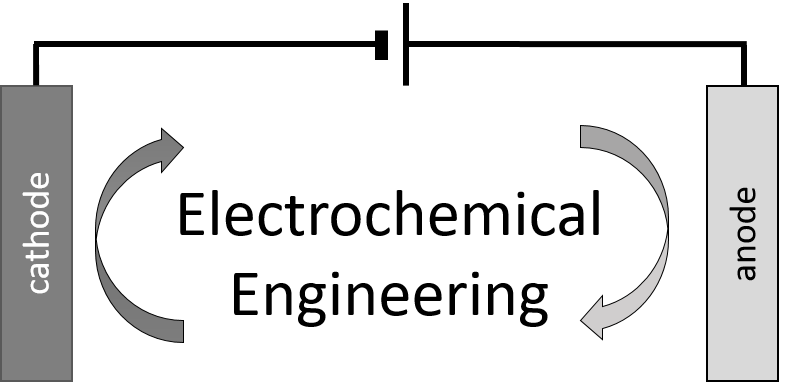Current Research
Electrocatalyst Development and Characterisation
Our group is currently developing electrocatalytic materials for redox batteries, fuel cells and carbon dioxide reduction. This includes the synthesis of atomically precise metallic clusters (with Vladimir Golovko, Dept Chemistry) and the preparation of dimensionally stabilised anodes via spray pyrolysis.
We characterise the electrocatalysts developed using electrochemical methods like cyclic voltammetry, electrochemical impedance spectroscopy (EIS) and steady-state polarisation curves. We determine the structure of these materials by X-ray diffraction (XRD), X-ray photoelectron spectroscopy (XPS), electron microscopy, gas adsorption and X-ray absorption spectroscopy (XAS). Click here to learn more about our lab and equipment.
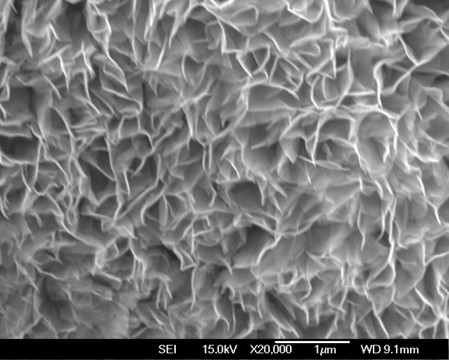
High surface area cobalt oxide film
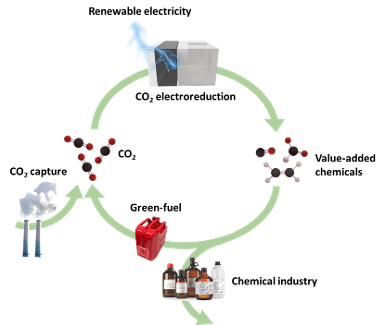
Electrochemical Carbon Dioxide Reduction
The conversion of carbon dioxide into useful fuels and chemicals like methane, methanol and formic acid is becoming increasingly interesting. We have studied the mass transport effects on this reaction and developed methods to alter the selectivity of the reaction. We are now developing gold based electrocatalysts for the conversion of carbon dioxide into syn-gas (carbon monoxide + hydrogen) and have a constructed an electrochemical flow cell for this purpose.
Water Electrolysis
Water electrolysis converts water into hydrogen and oxygen by using electricity to drive the reaction. Provided that the electricity comes from a renewable source, the hydrogen can be considered as "green" hydrogen. In our lab we develop new electrocatalysts and engineer the catalytic layers or membrane electrode assemblies to improve the performance, decrease the cost and increase the stability of water electrolysers. See here for some more information about our recently funded project on AEM water electrolysis
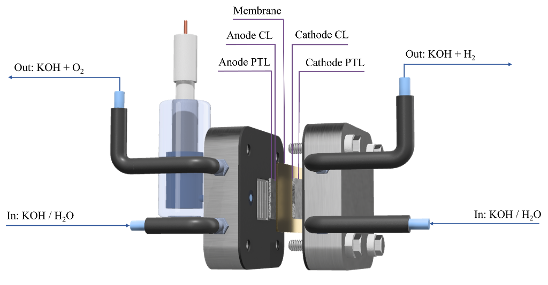
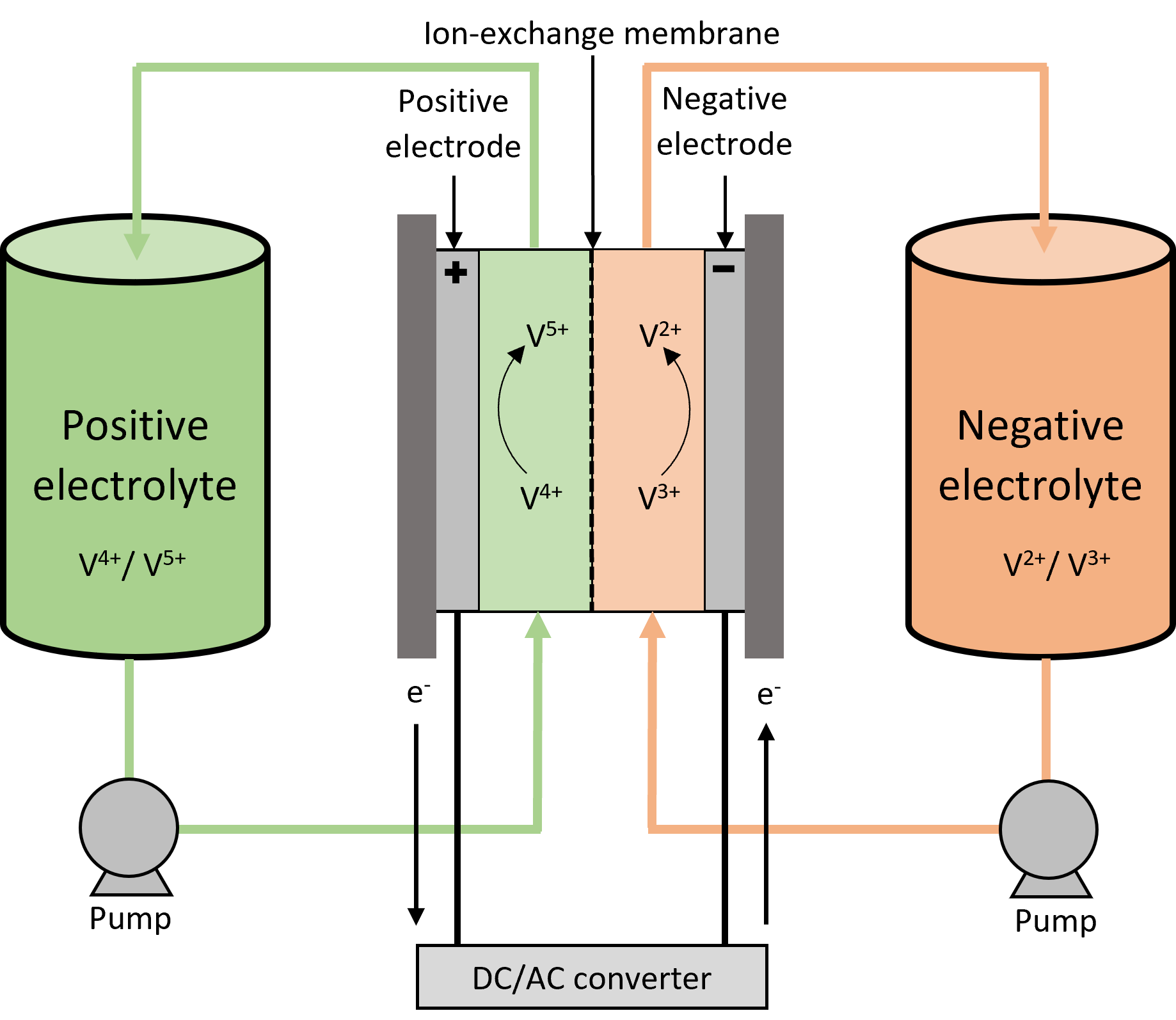
Enhancing the Kinetics of Redox Batteries
Carbon felt is widely used as the electrode material in redox flow batteries. While standard carbon felt has many useful properties, it can have relatively poor electrochemical activity towards the RFB redox couples and can waste energy through gas evolution reactions – both of which decrease the performance of RFBs. In this project we are developing superior electrodes by tailoring the surface chemistry of the carbon felt to increase the rates of the RFB reactions while simultaneously supressing the gas evolution reactions. To study and understand the redox kinetics we are using single carbon fibre electrodes to mimic the carbon felt without the complexity of mass transfer effects. Experimental data is also fitted to models which incorporate the inherent kinetics and diffusive mass transport.
Metal Production/Recovery from Ore and Waste Materials
Production of metals is the largest single industrial contributor to man-made greenhouse gas emissions. This source of emissions can be eliminated by using renewably generated electricity to reduce the oxide to its base metal, instead of carbon derived from fossil fuels. This is achieved through ultra-high-temperature molten oxide electrolysis. The overarching goal of our research program is to identify and experimentally test molten metal oxide mixtures to see if the metal can be reduced electrolytically. Currently, research is being carried out looking to extract several metals from their oxides at temperatures up to 1600 degrees Celsius.
In additional our academic research projects, Prof. Marshall has co-founded a start-up company Zincovery who are now commercializing a waste treatment / metal recovery technology developed in our laboratory.
© Copyright The Marshall Electrocatalysis and Electrochemical Engineering Research Group
